Introduction
The global oil market is seeing dramatic changes, especially with geopolitical tensions escalating between Iran and Israel. While supply disruptions loom large, investors must stay ahead of these potential shifts with updated forecasts and strategic decisions. This article explores the latest trends in oil prices, providing target price objectives over multiple time frames and the key market catalysts influencing future movements.
One of the Best Brokers in Europe
Choosing the right broker in Europe is paramount for navigating volatile markets. The best brokers offer low fees, access to global markets, and comprehensive analytics to help you manage your investments effectively during uncertain times like these.
Financial Performance
Oil prices are facing increased volatility, with a risk premium added to the market due to the ongoing geopolitical situation. Brent crude has seen an increase of $10 per barrel in the last two weeks, with analysts predicting that the risk premium could stay within the range of $5 to $10.
Key Highlights
- Geopolitical Tensions: The conflict in the Middle East, especially the Iran-Israel situation, is driving oil price fluctuations.
- Market Reactions: Analysts predict significant price changes depending on whether there are disruptions in the Strait of Hormuz.
- Interest Rate Decisions: The Federal Reserve’s actions also play a crucial role in determining oil demand.
Profitability and Valuation
As oil prices rise, certain oil-producing companies may see increased profits, especially those with strong operational efficiency. However, price volatility remains a significant risk to profitability, and investors need to monitor the impact of global events closely.
Debt and Leverage
In the oil industry, high leverage can amplify the effects of price volatility. Companies with manageable debt levels may be better positioned to weather the storm, particularly if they have solid cash flow from high-priced oil.
Growth Prospects
While the future remains uncertain, the demand for oil is expected to remain resilient in the short term, supported by global consumption and energy needs. However, long-term growth prospects may depend heavily on the geopolitical climate and the shift towards renewable energy.
Technical Analysis
The oil market is currently in a highly sensitive phase, with price movements showing upward momentum despite potential supply disruptions. Traders should monitor key technical indicators such as moving averages and RSI to identify optimal entry and exit points.
Potential Catalysts
Key market catalysts include:
- The outcome of the ongoing Iran-Israel conflict and its impact on oil exports.
- The Federal Reserve’s upcoming rate decision, which could affect global demand.
- Potential new geopolitical developments that may alter supply chains.
Leadership and Strategic Direction
Oil companies with strong leadership and strategic foresight are better equipped to navigate market instability. Companies that have diversified their operations or adopted sustainable practices may also be better positioned in the long run.
Impact of Macroeconomic Factors
Macroeconomic factors such as global economic growth, interest rates, and inflation heavily influence oil prices. The current climate suggests that while geopolitical risks are high, the economic outlook for oil remains positive in the near term.
Total Addressable Market (TAM)
The Total Addressable Market for oil remains vast, driven by the global need for energy. While some analysts predict a shift towards renewable energy, the oil market is still substantial, with oil prices expected to rise or fall based on global events.
Market Sentiment and Engagement
Market sentiment remains cautious yet opportunistic. Investors are closely watching developments in the Middle East, as well as the Federal Reserve’s next steps. The oil market is expected to remain volatile but could present opportunities for those with a keen eye on short-term trends.
Conclusions, Target Price Objectives, and Stop Losses
Target Price Objectives:
- Short-Term (3 Months): $80 for Brent Crude, $75 for WTI
- Medium-Term (6 Months): $85 for Brent Crude, $80 for WTI
- Long-Term (1 Year): $90 for Brent Crude, $85 for WTI
Stop Losses:
- Brent Crude: $74 (for short-term protection)
- WTI: $72 (for short-term protection)
Discover More
For more insights into analyzing value and growth stocks poised for sustainable growth, consider this expert guide. It provides valuable strategies for identifying high-potential value and growth stocks.
We also have other highly attractive stocks in our portfolios. To explore these opportunities, visit our investment portfolios.
This analysis serves as information only and should not be interpreted as investment advice. Conduct your own research or consult with a financial advisor before making investment decisions.
Looking to Educate Yourself for More Investment Strategies?
Check out our free articles where we share our top investment strategies. They are worth their weight in gold!
📖 Read them on our blog: Investment Blog
For deeper insights into ETF investing, trading, and market strategies, explore these expert guides:
📘 ETF Investing: ETFs and Financial Serenity
📘 Technical Trading: The Art of Technical & Algorithmic Trading
📘 Stock Market Investing: Unearthing Gems in the Stock Market
📘 Biotech Stocks (High Risk, High Reward): Biotech Boom
📘 Crypto Investing & Trading: Cryptocurrency & Blockchain Revolution

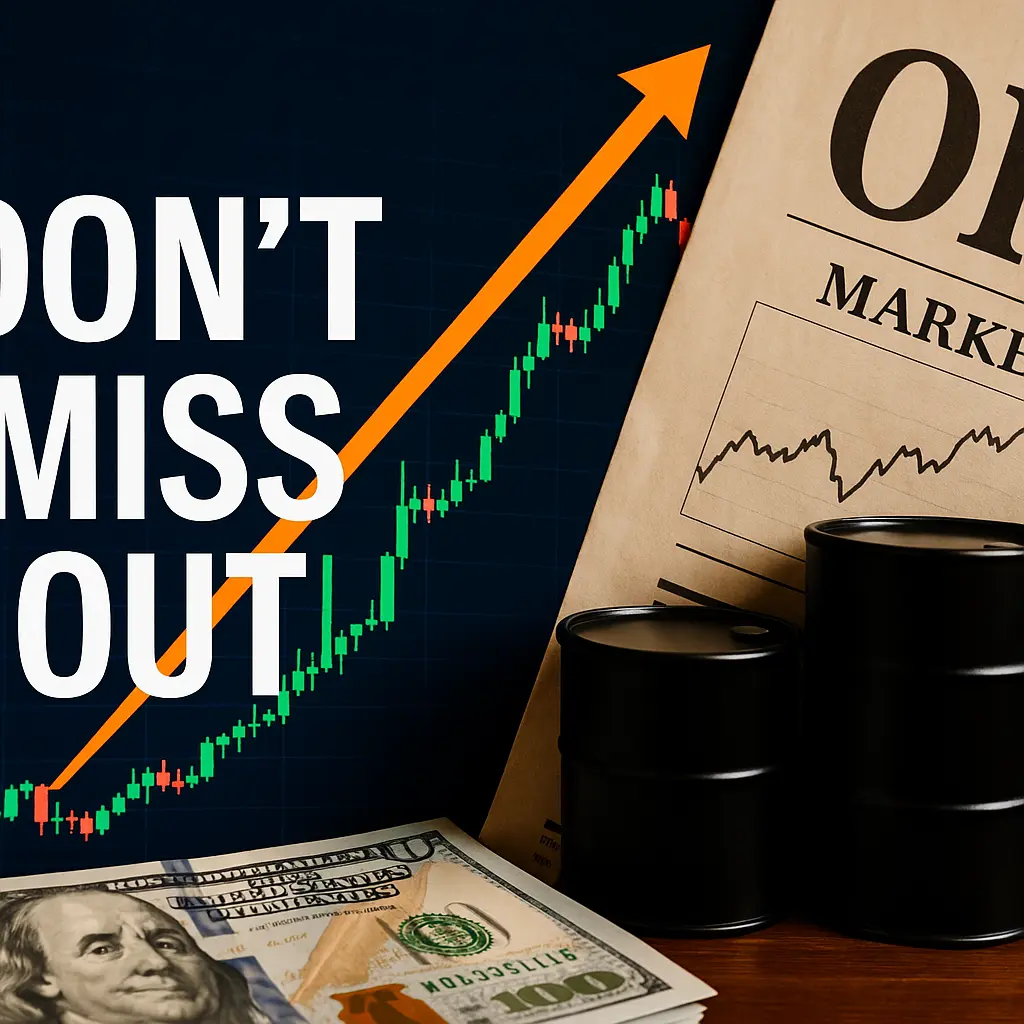
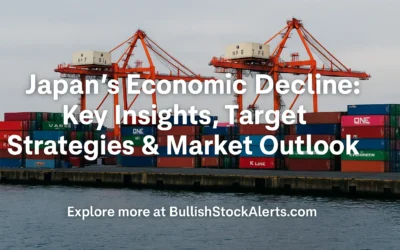
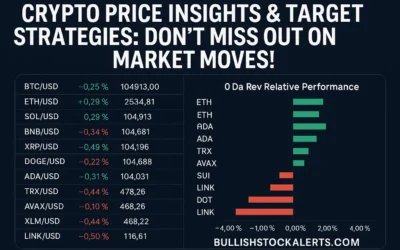
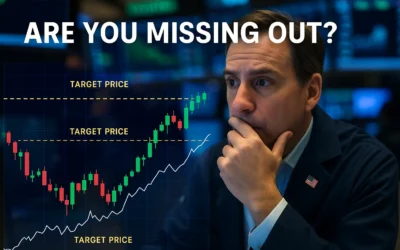

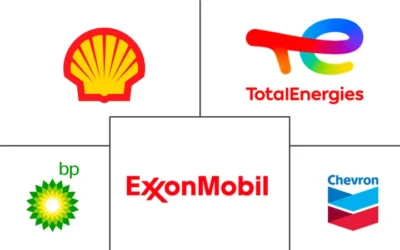


0 Comments